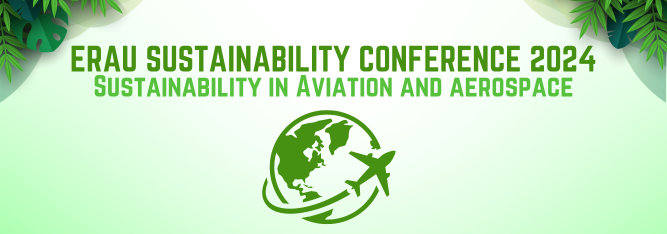
Design of a Safe and Sustainable Airplane for Future
Presentation Type
Short presentation 10-15 minutes
In Person or Zoom Presentation
In-Person
Location
Student Union Event Center
Start Date
18-11-2024 10:20 AM
Presentation Description/Abstract
As a part of Airplane Preliminary Design course, this Design Note estimates the capabilities, performance, and stability behaviors of our conceptual airplane design, Boeing 7S7 – Sanctum prior to proceeding to the preliminary stage. This aircraft seeks to create a solution to achieving Net Zero Emissions by 2050 and increasing the safety measures. The design of this aircraft uses various analytical methods such as the DAPCA IV model, other methods were derived from design books. This design involved the use of software such as CATIA, VSP, SURFACES, Microsoft Excel, and Python. Results demonstrates that this aircraft is able to fly a cruise Mach number of 0.8, with a maximum lift coefficient of 1.2, a thrust-to-weight ratio of 0.3, maximum takeoff weight of 256,000 lbs. and a total cost $210 million for one aircraft. The Boeing 7S7 – Sanctum uses the theoretical NASA Hytec hybrid-electric engines as its powerplant. Additionally, the aircraft is proven to be stable across all methods used in this paper. The results suggest that this aircraft is capable of transporting over 200 passengers on marketable route like the route of New York to London and has a range of 4000 nm. This ability satisfies the need for safe and sustainable aircraft that would be certified by 2035. Further research needs to be conducted on the detailed weight, thrust model, size, aerodynamics, and performance during preliminary analysis to further determine its abilities.
Design of a Safe and Sustainable Airplane for Future
Student Union Event Center
As a part of Airplane Preliminary Design course, this Design Note estimates the capabilities, performance, and stability behaviors of our conceptual airplane design, Boeing 7S7 – Sanctum prior to proceeding to the preliminary stage. This aircraft seeks to create a solution to achieving Net Zero Emissions by 2050 and increasing the safety measures. The design of this aircraft uses various analytical methods such as the DAPCA IV model, other methods were derived from design books. This design involved the use of software such as CATIA, VSP, SURFACES, Microsoft Excel, and Python. Results demonstrates that this aircraft is able to fly a cruise Mach number of 0.8, with a maximum lift coefficient of 1.2, a thrust-to-weight ratio of 0.3, maximum takeoff weight of 256,000 lbs. and a total cost $210 million for one aircraft. The Boeing 7S7 – Sanctum uses the theoretical NASA Hytec hybrid-electric engines as its powerplant. Additionally, the aircraft is proven to be stable across all methods used in this paper. The results suggest that this aircraft is capable of transporting over 200 passengers on marketable route like the route of New York to London and has a range of 4000 nm. This ability satisfies the need for safe and sustainable aircraft that would be certified by 2035. Further research needs to be conducted on the detailed weight, thrust model, size, aerodynamics, and performance during preliminary analysis to further determine its abilities.
